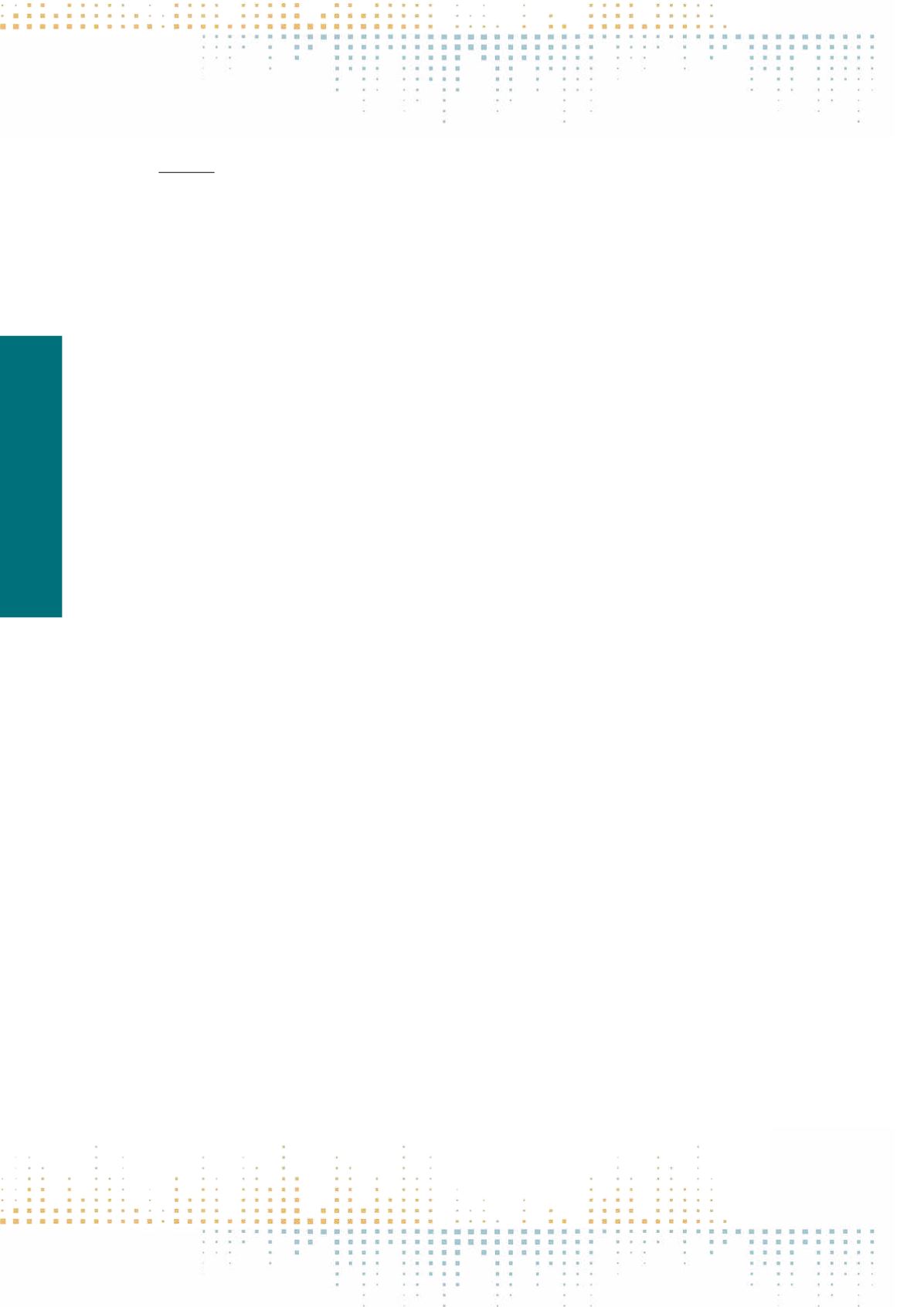

352
Thursday, November 10
0 9 : 0 0 – 1 0 : 3 0
PP 737
A User-Centred Perspective on Convergence: Perceptions and Experiences of Young News Users
A. Brouwers
1
, C. Peters
2
, T. Witschge
1
1
University of Groningen, Journalism Studies and Media, Groningen, Netherlands
2
Aalborg University Copenhagen, Department of Communication and Psychology, Copenhagen, Denmark
Convergence has rapidly become an important concept within journalism, though it is far from straightforward both in theory and practice (Tameling &
Broersma 2013). However, the focus of studies on converged journalism is generally limited to the view of practitioners and academic conceptualisations:
like in much journalism research, scholarly insight into audience perspectives on the values, uses, and potential empowerment associated with converged
news is lacking (Loosen & Schmidt 2012). A changing relationship between media producers and consumers is implied and fundamental shifts in news
user’s behaviour assumed, rather than thoroughly researched. In this paper we aim to provide insights into news users’perceptions and experiences of con‑
vergence. Specifically, we contribute to this gap in knowledge by focusing on one of the assumed ideal users of participatory and multi-media formats,
namely young people (Witschge 2012). Beyond just the actual empirical data on this phenomenon, this paper aims to contribute a research perspective and
methodological tools that can allow us to consider the user, their perceptions and experiences more squarely. How are such possibilities conceived of, and
negotiated in an online environment? To address this question we first highlight how we understand convergence, putting forward a view on convergence
from a user’s perspective by linking it to the forms most prominent and valuable in everyday life. This is translated into an exploratory study designed to
capture the impact of different modes of digital storytelling and various levels of participation. To gain the user’s perspective, we combined semi-structured
interviews with think-aloud protocol on a series of digitally-manipulated news articles. The talk-aloud experiments with twelve Dutch young people (be‑
tween 16–23 years) allowed us to gain detailed accounts of hands-on experience of converged news content. To deepen our understanding we followed
these assessments up with interviews soliciting further reflections on the value and (non-)use of convergence. Our analysis shows that users’ evaluations
of multimedia storytelling are heavily based upon perceived complementarity between media; rather than deemed of value, additional ‘layers’of informa‑
tion sometimes hampered clarity and story value (cf. Jenkins, 2006). Participatory affordances, contrary to our expectations, were rarely mentioned and,
when probed further, considered of little personal value. This provides an alternative consideration of convergence: while co-creative processes are often
deemed crucial for media brands to survive (Malmelin and Villi, 2015), and convergence is seen to help create audience conversations (Simpson, 2015), for
the young media-savvy users who participated in our research, its value is not self-evident. Ultimately, the paper shows how a user-centric approach can
highlight significant tensions around discourses of audience empowerment and contrast these with user practices. References Tameling, K. & Broersma, M.
(2013) De-converging the newsroom. International Communication Gazette 75: 19–34 Jenkins, Henry (2006). Convergence Culture. New York: NYU Press.
Malmelin, N., & Villi, M. (2015). Co-creation of what? Convergence, July. Simpson, E. (2015). Converged conversations. Convergence. April. Loosen, W.;
Schmidt, J. (2012): (Re-)Discovering the Audience. Information, Communication & Society, 15(6) 867–887. Witschge, T. (2012). The‘Tyranny’of Technology.
In Lee-Wright, Phillips, &Witschge, Changing Journalism. London: Routledge, 99–114.



















